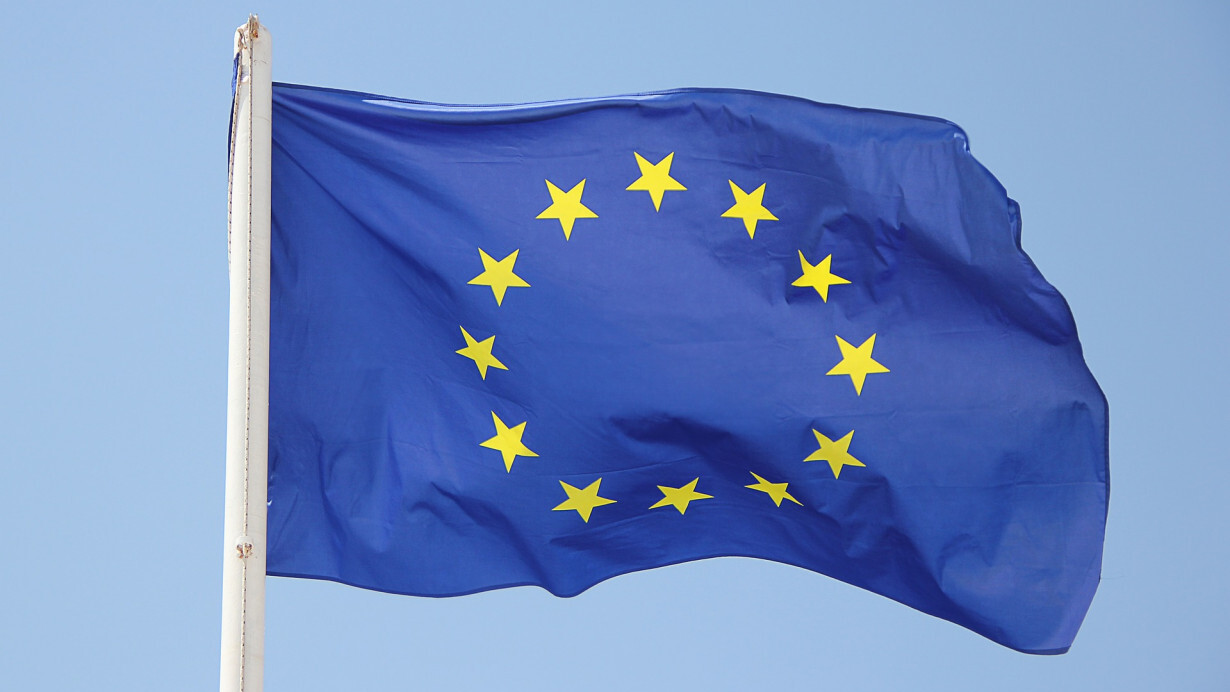
Free Wi-Fi is available in many public places these days, but getting access can be nerve-wracking. You need to find the right network and be careful not to fall for a scam. You might have to go through an authentication process that asks for your email address. If you are lucky, you get away with ‘noneofyourbusiness@asdf.com’. If you are less lucky, you need to provide your real address and confirm it.
Whatever the procedure, you will probably need to give it several shots before it works. If you are using a mobile device, there is a good chance that the authentication portal doesn’t load or that its buttons don’t respond. You will probably need to authenticate again after locking your device. Once you have finally managed to get access, you realize that you didn’t uncheck the box which asked you to agree to receiving all kinds of spammy emails. And when you come back next time, you will probably have to do all that again.
It’s a pain. And you can be sure that getting access gives you the most trouble when you need it most urgently.
Wouldn’t it be great if your devices automatically and instantly connected to all public Wi-Fi services without you lifting a finger? Wouldn’t it be amazing if you had to configure your devices only once to get immediate access to a network of safe and stable high speed hotspots all over the Europe?
The WiFi4EU initiative is an opportunity to create such a network. In his 2016 State of the European Union speech, President Juncker proposed to “equip every European village and every city with free wireless internet access around the main centers of public life by 2020.”
In that spirit, the European Commission will provide €120 million to 6,000 to 8,000 municipalities across the EU to fund equipment for free public Wi-Fi services. These hotspots will be made available through one unified authentication system. So if users connect to a WiFi4EU hotspot once, their devices should connect automatically to any other WiFi4EU hotspot anywhere in Europe.
While this sounds awesome, such a network has already been in place for more than a decade, and its development was partly paid for by the European Commission. In the early 2000s, five research institutes from Croatia, Finland, the Netherlands, Portugal and the UK created eduroam, which stands for education roaming. If you are studying or working at one of the more than 6000 universities, research centers or schools that participate in the program, your phone, tablet or laptop connects instantly at every single one of them.
Eduroam is currently available in 89 countries across the world and keeps growing, with further 26 countries from Bangladesh to Zimbabwe currently piloting it. The network’s hotspots are also increasingly available in non-academic spaces. For example, researchers traveling to and from CERN, the Geneva-based European Organization for Nuclear Research, have access at the city’s airport. In Norway and Sweden, eduroam is available at numerous airports, restaurants, hotels and even entire city centers.
The system shows how EU funding, European innovation and international cooperation can create added value for citizens. But so far only academics benefit from it.
In contrast, free Wi-Fi access for the European public is much less convenient. More and more cities and towns are installing public Wi-Fi systems, but most do not offer the same type of zero touch user experience as eduroam. And as they are mostly incompatible with each other, users still need to connect individually to every system.
The WiFi4EU initiative could change that, although it remains to be seen how its unified authentication system will be implemented. According to an official from the EU Commission’s DG Connect, they are currently considering several technical solutions from public and private players. One of them is GÉANT, the organisation that came up with eduroam.
So if things go well, all Europeans may soon enjoy the same great user experience as travelling academics. However, the system won’t provide too much added value if it only incorporates the new WiFi4EU hotspots that the EU will fund over the next years. Because these hotspots will only represent a tiny fraction of the free WiFi coverage available across Europe.
The legislation underpinning the WiFi4EU initiative says that “other free local wireless connectivity networks should be able to join the system.” According to the EU official, the modalities of how this will be implemented are still being developed.
But just opening the system might not be enough. The Commission should ensure that the new unified authentication system is not only highly attractive to end-users but also to providers of free WiFi. It should create incentives encouraging airports, public transport operators, municipalities and small business owners to make their existing hotspots available through the new system. And it should facilitate such efforts.
More and more private and public entities across Europe are installing hotspots to create a better experience for customers and citizens. The EU should encourage and help them to enhance these efforts. EU funding for cities and municipalities that lack sufficient financial means is a good way to complement them. But rather than only pushing for wider access, the Commission should also push for better and easier access.
The abolition of mobile roaming fees was an important first step towards a truly connected Europe. A free public Wi-Fi network that immediately and invisibly connects your devices to high speed hotspots wherever you are would be a great follow-up. And it would spare us all a lot of time and stress.
Get the TNW newsletter
Get the most important tech news in your inbox each week.




